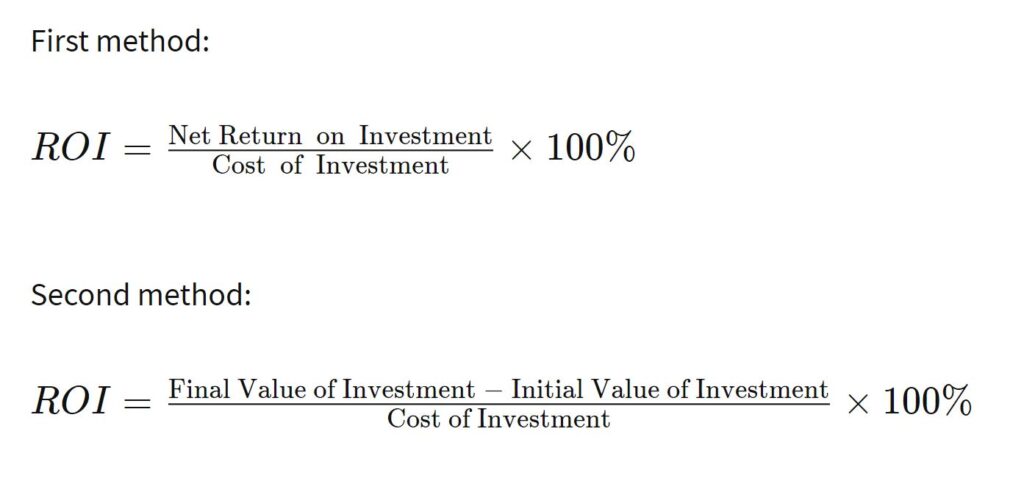ERP return on investment (ROI) has several factors when calculated and it depends which factor is most important to your business and how it impacts your business performance, also ERP implementation’s ROI is different per industry, based on the size of the business, its products and services, number of employees and last but not least the organisation fixed cost.
What is Return on Investment (ROI)?
Return on investment (ROI) is a financial metric that is widely used to measure the probability of gaining a return from an investment. It is a ratio that compares the gain or loss from an investment relative to its cost. It is as useful in evaluating the potential return from existing investment or future investment as it is in comparing returns from several investments.
How ERP Return on Investment ROI calculated?
Our approach and methodology in calculating the ROI are based on the organisation performance and time saved for the business or organisation which spend on tasks duplication or slow internal communication or human errors.
ERP Return on Investment ROI Case
We will work on this case on the smallest business case, Company has 5 work resources, 3 employees, one (1) supervisor or manager and the business owner / CEO / General Manager.
Organisation current state
The 5 employees work around 7,000 hours per year excluding the public vacations and holidays, one of the issues that waste employees time is checking the task and rechecking or duplicate check from several employees to make sure that tasks are done correctly, this depends on your organisation’s and its internal workflow and management methodology.
As a CEO or director, you are the best person who knows approximately the percentage of wasted time on such activities. Even the CEO / director wasting his/her precious time when he/she focus on daily operation tasks instead of focusing on the business strategy and business development.
For the sake of this case, we will assume the wasted time is an average of 30% of the total working time which means 2,100 hours.
As you pay the employees salaries against their time spent in work so every wasted hour cost you money. let’s assume on average the 5 employees get 50k as annual salaries without the annual benefits or other employees benefits. that means the cost of the organisation working hour is approximately 7.15 per hour, that means the cost of wasted hours per year is 15k.
Savings and ROI
Our experience shows that iXERP (Cloud ERP) can save up to 80% of the employees wasted time, although, and for the sake of this case and to be conservative in our numbers let’s assume that iXERP will save only 30% of the wasted time. This means that the saved hours per years is 630 hours, and its cost is approximately 4,500.
Implementing iXERP (Cloud ERP) in this organisation, with 5 users and calculating its annual subscription which will be considered the cost of investment, and the return that the organisation get out of this investment is saving 630 hours with a value of 4,500.
So, we can apply the Return on Investment Equation as shown below

By applying the above equation with all inputs with very conservative numbers the resut of this company case ROI will be 125% return on investment right after the implementation of the iXERP solution.
Conclusion
As a conclusion from the above case, iXERP ( Cloud ERP) implementation will save the organisation approximately 80% of the wasted time and its return on Investment is guaranteed and considered the best investment that any organisation can make because of its fast return and its very good ROI percentage of a minimum 125% and up to 500% in some cases.
